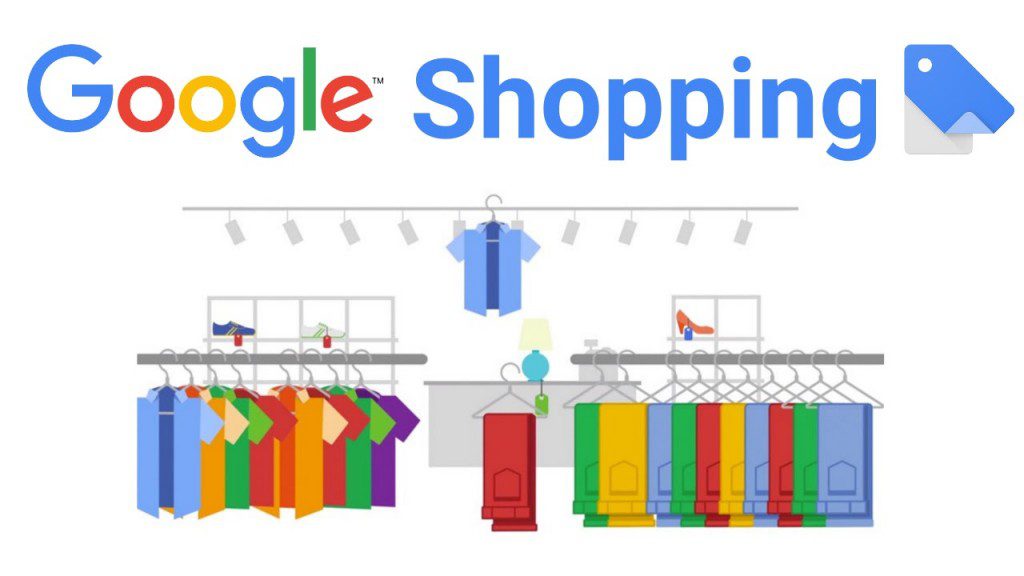Google Shopping Ads is a great Internet marketing avenue for online retailers, offering opportunities to display the online and local inventory, along with the price and address of the shops, to the consumers searching for products on the search engine. Those who employ Google Shopping campaign, the most effective strategy to funnel the relevant traffic, succeed in enhancing online as well as brick-and-mortar sales. As the service also comes with remarketing capability, no other marketing option comes close to offering an advantage over competitors and drive sales.
However, Google shopping campaign management is fundamentally different from Adwords text and image ads, and thus, many fail to capitalize on the potential of the online marketing service. Therefore, here the best practices to follow are discussed, giving insights into what it takes to make the most the online retailing service.
#1. List Products Carefully to Avoid Disapproval
Unlike Adwords, Google, based on the merchant center product data, decides where and how the Shopping ads would be displayed. Therefore, it is essential the products data you list be not disapproved, as it means, the products ads would not participate even in the auction.
- How to avoid disapproval?
It is essential that the product data comply with Google Shopping Products feed specifications. The specifications include formatting guidelines, which help you explain products in the terms the publisher understands. Conforming to the specification avoid dis-approvals.
#2. Optimize Product Titles
Every Internet marketer understands constant optimization is the key to a successful campaign. When it comes to shopping Ad campaign, testing and optimization of the product tiles is the attribute that you have to focus upon, as it what, to a great degree, determines the click-through rate.
- How optimize product titles?
Campaign manager must ensure that the product titles have important call-of-action information, including brand names, size, material, and color. Avoid adjectives like best, top, and finest; instead focus on adding search terms, product categories, gender, and size. Optimized product titles play a huge role in increasing click-through rate.
#3. Optimize Images
An old saying goes like, “a picture speaks thousands word,” the expression remains true for shopping ads as well. Nothing influences consumers than a great image. Optimizing the images, therefore, should be high on priority for Google shopping Ads to perform well.
- How optimize images?
Kind of and lengthy and laborious process, as it involves gauging the performance of a set of images in a category against another set for the same category. The data collected over time helps to set the benchmark and decide which images draw more attention.
#4. Remarket Ads to Consumers
Reach the consumers who have already shown interest in your products with a remarketing campaign. Google has extended the remarketing service to the Shopping ads almost a year back, which further improved the performance of the campaign.
- How to remarket shopping campaign ads?
Remarketing follows the same rules as in AdWords; start with creating the shopping campaign, and select the targeting based on the categories based on the objective of the business. The most successful strategy, in general, is to follow consumers who left the kart. However, the best practice is to always choose a list based on the information collected over time.
#5. Focus on Campaign Structure
Since the keyword-based auction is not applicable to Google shopping Ads, the smartest way to control the ad spend is to optimize the campaign structure and split the traffic.
- How split the traffic?
For achieving the traffic split, the AdWords manager should employ the various priority settings for different shopping Ad campaigns.
The above-mentioned best practices for shopping Ad management are the quickest ways to make the most of the campaign.
